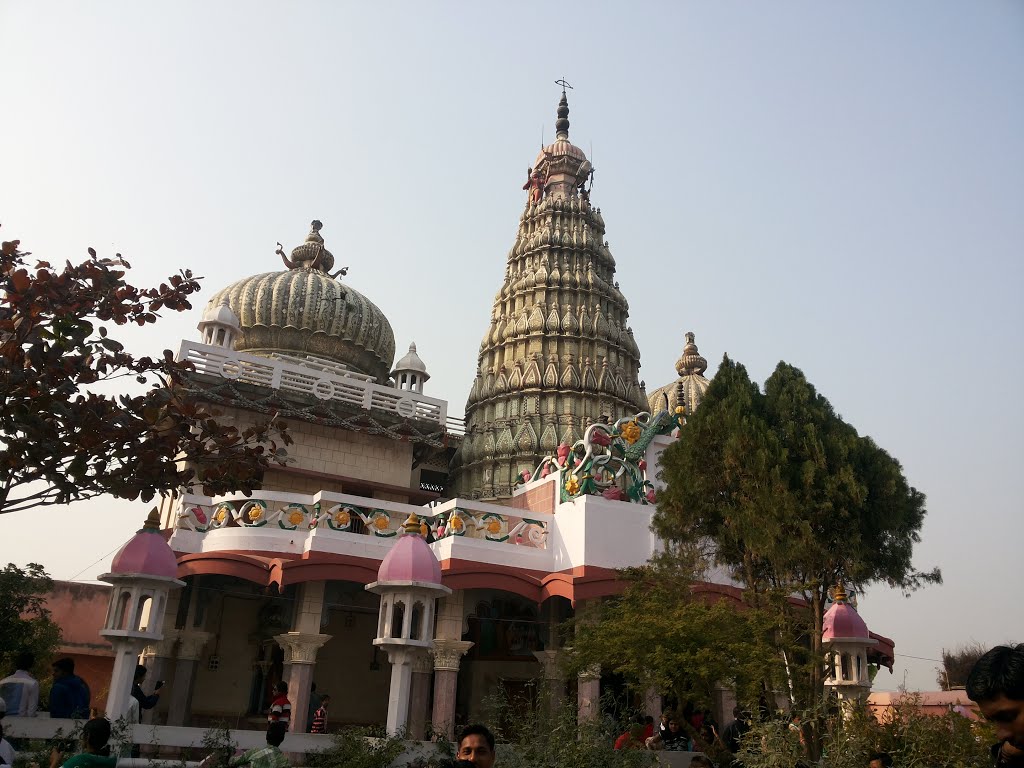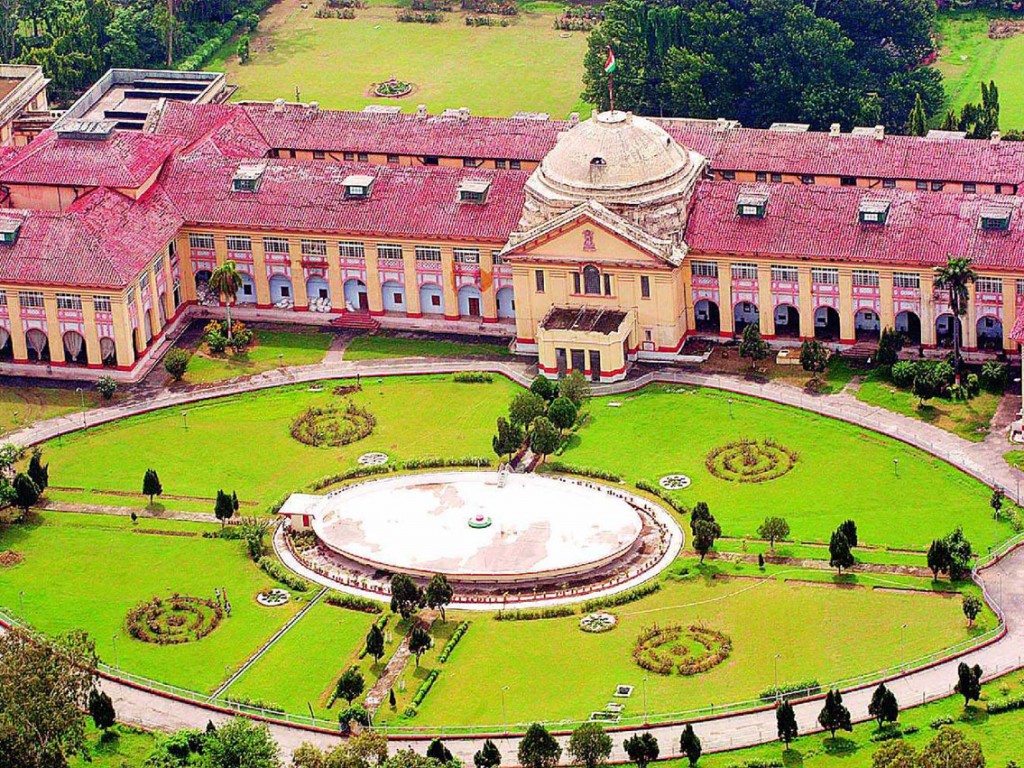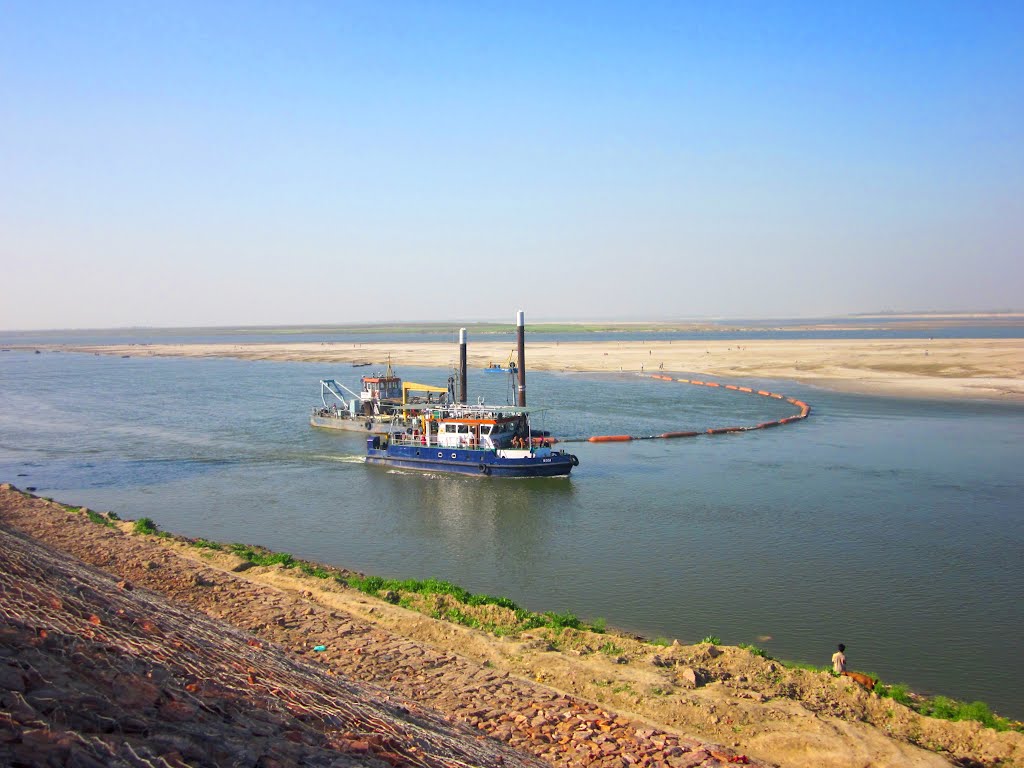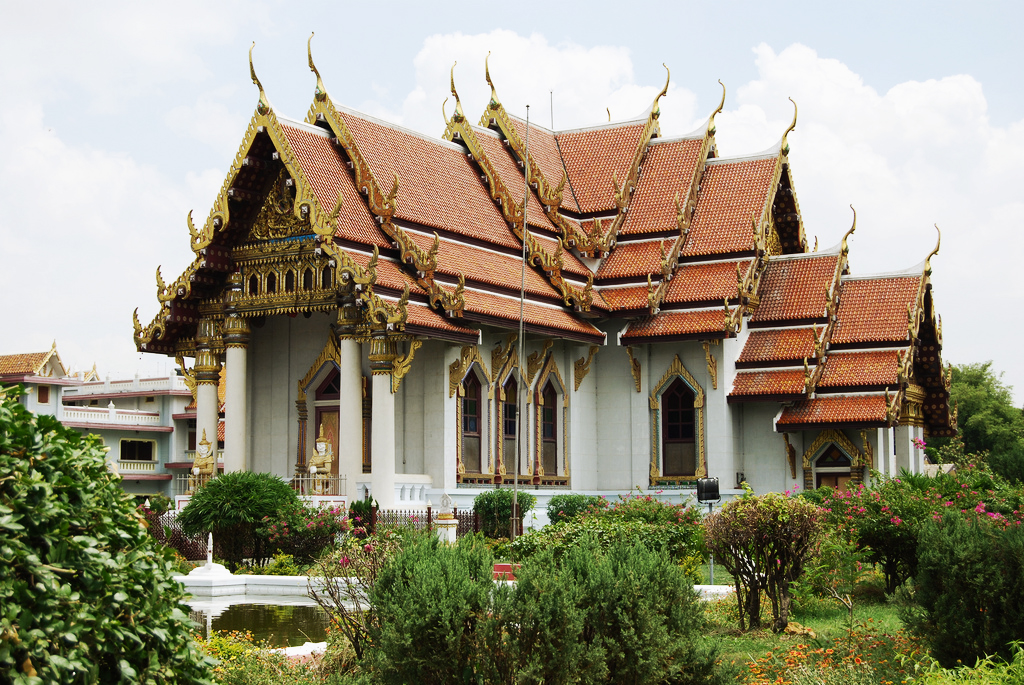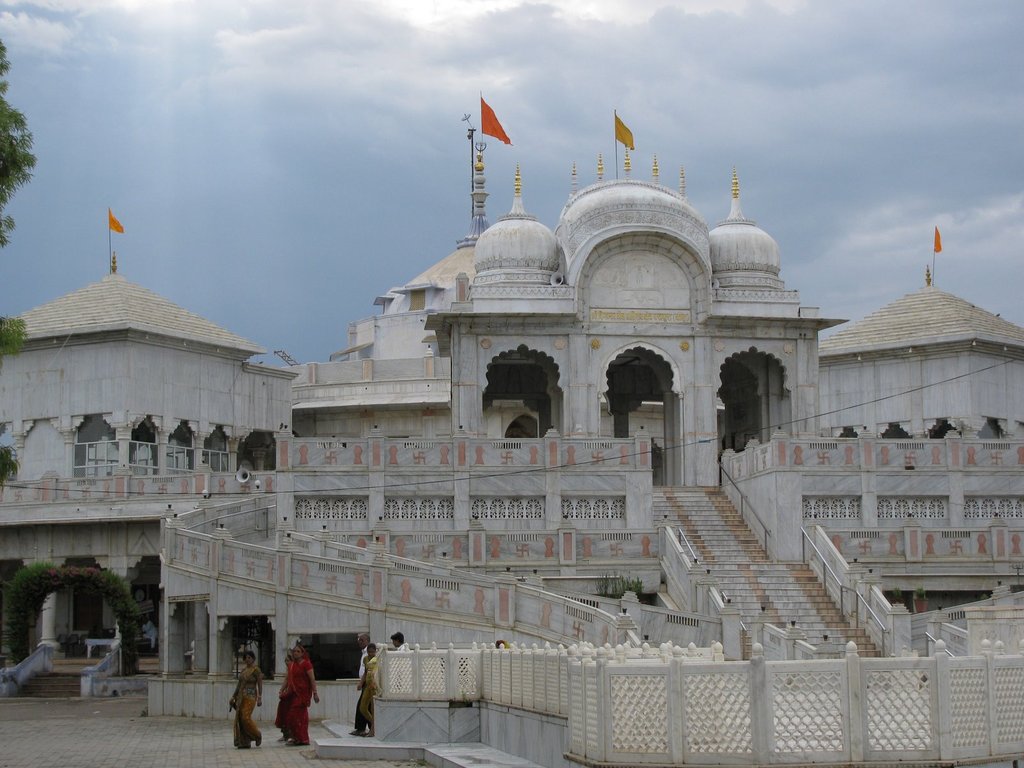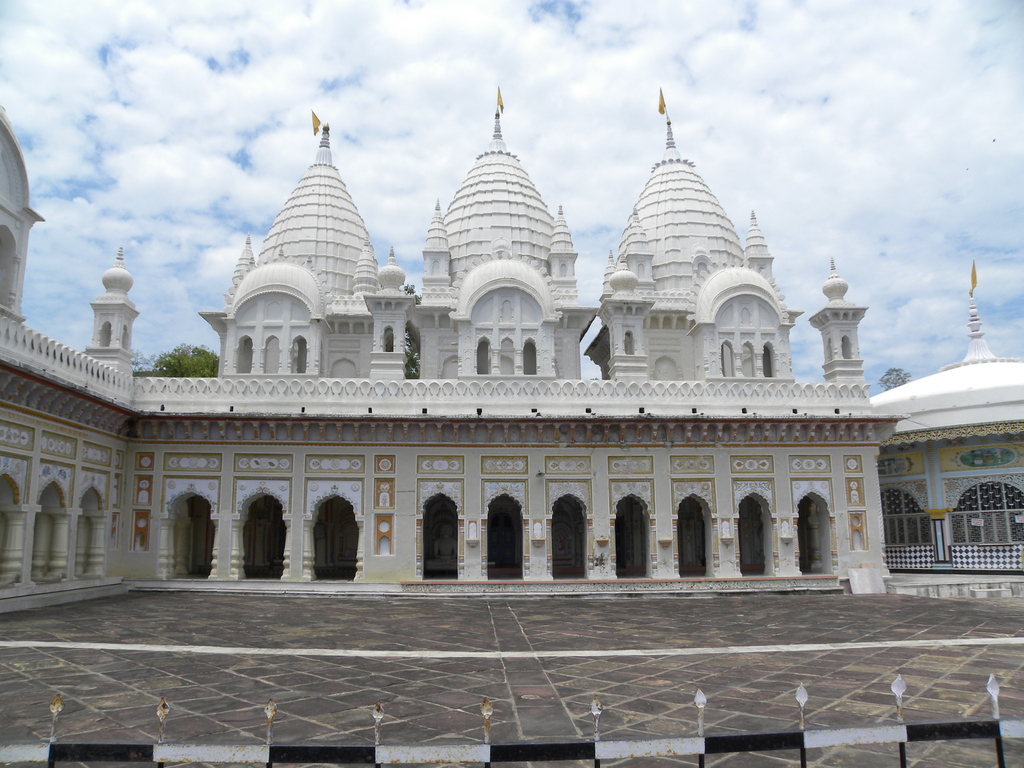
Nalanda Tourism and Travel Guide
Nalanda
Nalanda was a great center of Buddhist learning in ancient times. A large number of Buddhist students thronged the Nalanda University to study Buddhism. According to the Chinese traveler Hieun Tsang, the place owed its name to aNalanda Naga, who resided in a local tank. Lord Vardhamana Mahavir and Lord Buddha visited Nalanda quite frequently in the 6th century BC. Nalanda is also supposed to the birth place of one Sariputra, one of the chief followers of Lord Buddha.
The Nalanda University attracted large number of Buddhist students from different parts of the world. The University of Nalanda was founded in the 5th century by the Gupta rulers. There were thousands of students and teachers. The main courses which were taught there were the Buddhist scriptures (both Mahayana and Hinayana), Vedas, Logic, Shabda Vidya (grammar), Chikitsa vidya (medicine) etc.
The Nalanda University received patronage the great emperor, Harshavardhana of Kannauj and the Pala rulers. The famous Chinese pilgrims, Hieun Tsang and Fi Han were among the distinguished students of the Nalanda University. Hieun Tsang received here the Indian name Mokshdeva. The importance of Nalanda University as a monastic university
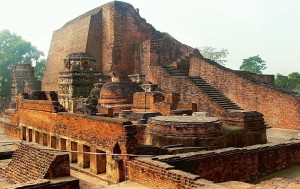
continued until the end of the 12th century. The ruins of the Nalanda University extend over a large area. Excavations at Nalanda have uncovered nine levels of occupation. For revenue purposes, a large number of villages were assigned to the Nalanda University.
The Nalanda University complex had a great Stupa. The excavations show that this Stupa is flanked by flights of steps and terraces. Many of the stupas were two or even three times built one over the other on the same spot. In the course of excavation it has been found that the very small original structure was enlarged by later temples built over and around the ruins of the earlier ones. The main Stupa at Nalanda is the result of seven successive accumulations. The main Stupa at Nalanda apparently contained a massive image of Lord Buddha.
In the Nalanda University complex a row of monastery sites lies from south to north. Almost all of them have the Nalandasame pattern. The monasteries consisted of a number of monk’s cells with wide verandas in front, initially set round an open quadrangular court, but later separated from it by a high wall. It was originally a building of two or probably more storey as the existence of stairs in the south-east corner shows. In the courtyard of monasteries, there used to be Lord Buddha’s shrine and a well.
Excavation work has taken place over 14 hectares. All the structures are of red brick with beautiful gardens. In the complex, the buildings are divided by a central walkway that goes south to north, the monasteries or “Viharas” are located to the east of this central passage and the temples or “Chaiyas” to the west.
How to Reach?
By Air: the nearest airport from Nalanda is Patna which is just 90kms away from Nalanda. Patna being the capital of Bihar, Regular flights operated by several public and private airlines connect Patna to cities like: Delhi, Kolkata.
By Road: There is excellent road network that covers Nalanda. Important destinations and cities like, Patna, Bodhgaya, Rajgir, Delhi, Kolkata are linked to Nalanda by road network.
By Rail: The nearest railhead is Bakhtiyarpur, only 38Kms away from Nalanda. It falls on the Delhi-Howrah (Kolkata) main line. Several important trains connect this railway station to several major places in India. india’s invitation offers online booking of hotels and tour packages to Nalanda and all over India.

